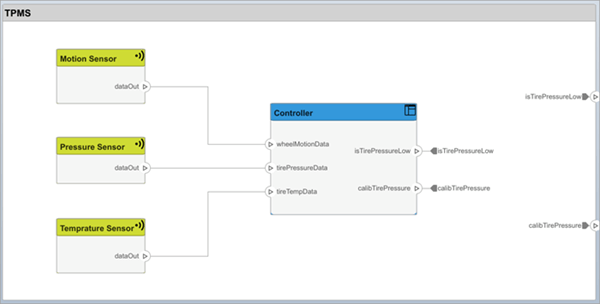systemcomposer.allocation.AllocationSet
一组分配方案
说明
AllocationSet 对象定义了两个 System Composer™ 模型之间的分配方案集合。
创建对象
使用 systemcomposer.allocation.createAllocationSet 函数创建名称为 myNewAllocation 的分配集。
systemcomposer.allocation.createAllocationSet("myNewAllocation", ... "Source_Model_Allocation","Target_Model_Allocation");
属性
对象函数
applyProfile | 将配置文件应用到模型 |
removeProfile | 从模型中移除配置文件 |
createScenario | 创建新的空分配方案 |
getScenario | 获取分配方案 |
deleteScenario | 删除分配方案 |
synchronizeChanges | 同步更改分配集中的模型 |
find | 查找已加载的分配集 |
save | 将分配集保存为文件 |
rebindSourceModel | 更改源模型 |
rebindTargetModel | 更改目标模型 |
close | 关闭分配集 |
closeAll | 关闭所有打开的分配组 |
示例
详细信息
版本历史记录
在 R2020b 中推出
另请参阅
工具
模块
对象
函数
systemcomposer.allocation.createAllocationSet|systemcomposer.allocation.load|systemcomposer.allocation.open|systemcomposer.allocation.editor|close|systemcomposer.allocation.AllocationSet.closeAll|systemcomposer.allocation.AllocationSet.find|save|rebindSourceModel|rebindTargetModel|synchronizeChanges|createScenario|deleteScenario|getScenario|allocate|deallocate|getAllocation|getAllocatedFrom|getAllocatedTo|destroy

